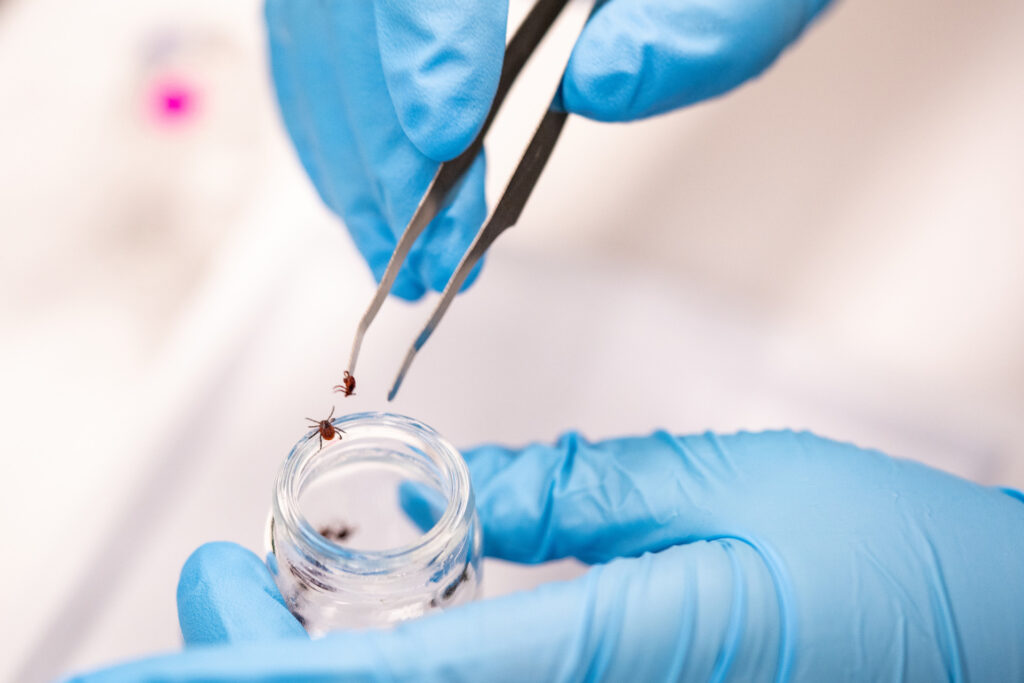Computer-based model could mitigate cattle fever tick outbreaks

Since the early 1900s, eradicating cattle fever ticks has challenged surveillance and quarantine programs designed to protect the U.S. and Texas cattle industry.
Over the decades, scientists and specialists in state and federal regulatory programs overseeing the U.S. Cattle Fever Tick Eradication Program have developed datasets that track a detailed history of detecting and eliminating cattle fever ticks. Now, a team of Texas A&M AgriLife researchers is assimilating this information into an interactive, computer-based tool to identify ever-changing risks to prevent or mitigate cattle fever tick infestations.
The three-year project, Agricultural Biosecurity: Harnessing Data Fusion to Meet Emerging Challenges to Cattle Fever Tick Eradication in a Changing World, has received a $600,000 grant from the U.S. Department of Agriculture National Institute of Food and Agriculture, Agricultural Biosecurity Program and is funded by the Agriculture and Food Research Initiative, the nation’s leading competitive grants program for agricultural sciences.



